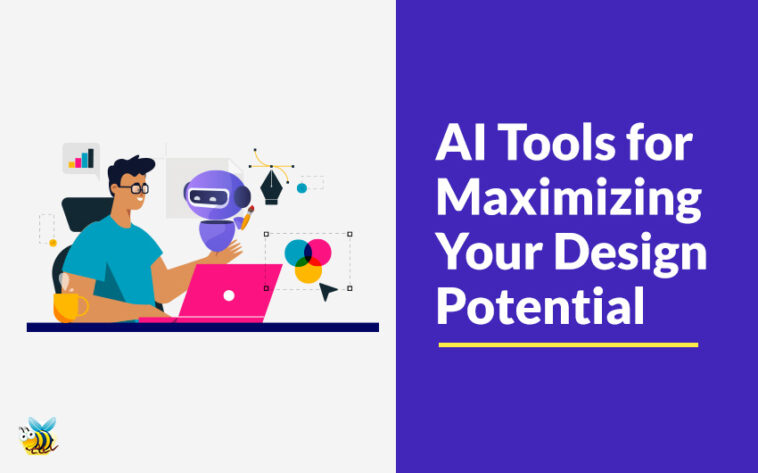Graphic designers nowadays must strike a compromise between the pressure to meet deadlines and the escalating demand for unique, high-quality designs.To increase their productivity and creativity and stay competitive, many designers are turning to artificial intelligence (AI) technologies and techniques. In this post, we’ll examine how to employ AI tools and techniques to their fullest design potential.
Streamlining the Design Process with AI-Powered Tools
The capacity to automate tedious activities is one of the main benefits of employing AI in graphic design. AI-powered technologies can assist designers in expediting the design process so they can concentrate on the most imaginative aspects of their work. For instance, software like Adobe Sensei and Canva may produce designs, layouts, and color schemes depending on your choices.
Designing with AI to Increase Creativity
For graphic artists, AI-generated designs can be a great source of inspiration. Large data sets can be analyzed by AI systems to find patterns and trends that can guide your design decisions. Algorithms are used, for instance, by the AI-powered design platform The Grid to produce distinctive website designs based on user preferences and content.
AI-Assisted Design for Accurate Design
AI can also assist designers in increasing the precision of their work.
Bitmap images can be immediately converted into vector graphics by software like Adobe Illustrator’s “Live Trace” feature, enabling designers to scale up or down without sacrificing quality. Similar to this, the “Content-Aware Fill” function in Adobe Photoshop uses AI to automatically fill in blanks or delete extraneous items from an image.
Design Personalization Using AI-Powered Data Analysis
AI algorithms can assist designers in producing more individualized designs by examining user data. For instance, AI systems can examine user behavior on a website to identify the components that are most successful, and then utilize that knowledge to optimize upcoming designs. Similar to this, solutions powered by AI, such as Dynamic Yield, can generate tailored product suggestions based on user information.
AI-Driven Innovation is Pushing the Limits of Design
Finally, AI can assist designers in expanding the realm of what is practical in their field. For instance, AI algorithms can produce designs like fractals and other intricate patterns that are impossible for humans to produce. Similar to how it would be challenging or time-consuming to build 3D models and animations by hand, AI can be utilized to make them.
Conclusion
In conclusion, AI tools and approaches have the potential to revolutionize the graphic design sector by fostering innovation, streamlining processes, and expanding the realm of the conceivable. Your ability as a designer may be fully realized, and you can maintain an edge over the competition, by incorporating AI into your design process.
Don’t forget to check our other great articles Click Here





